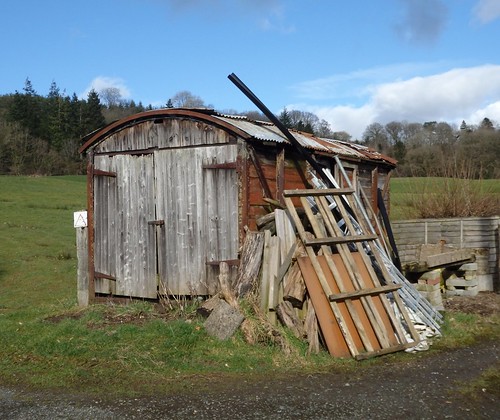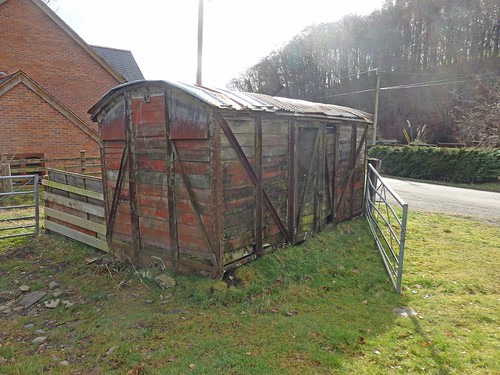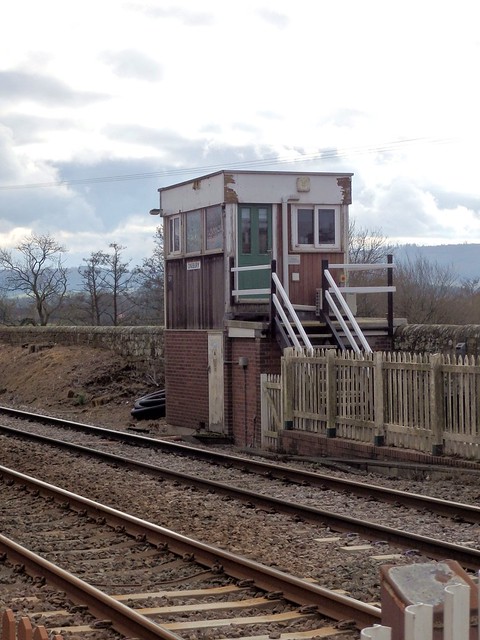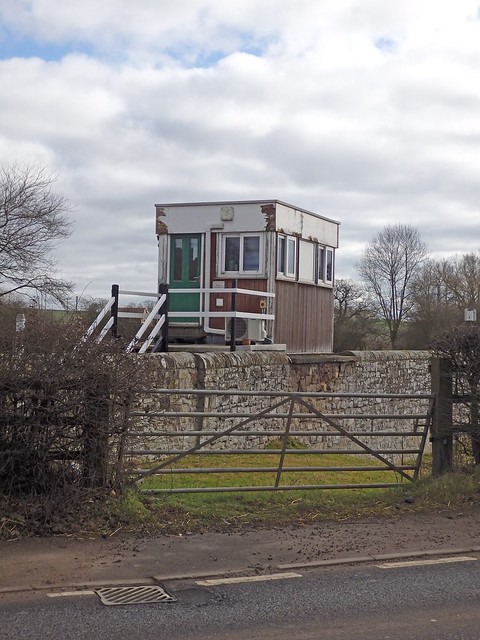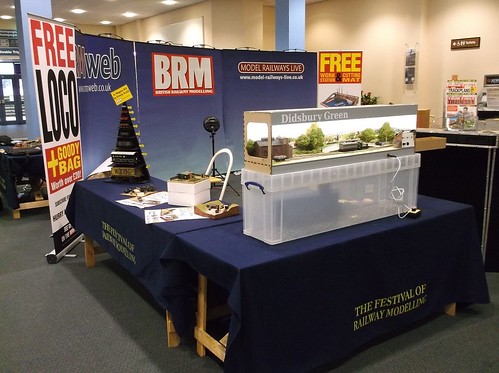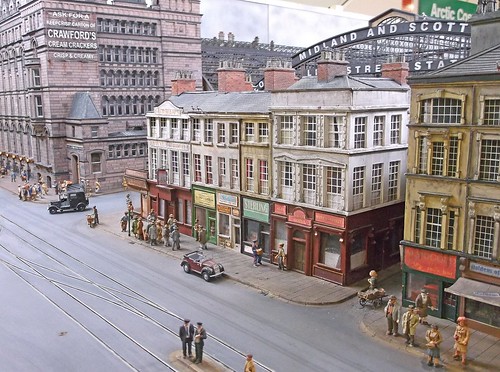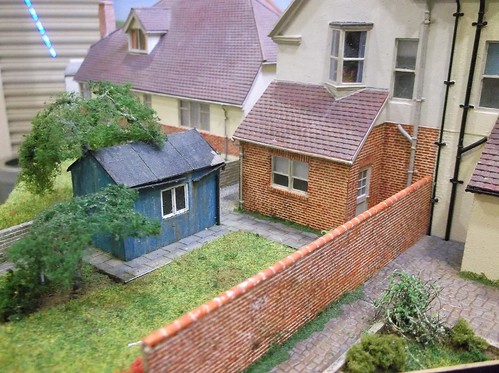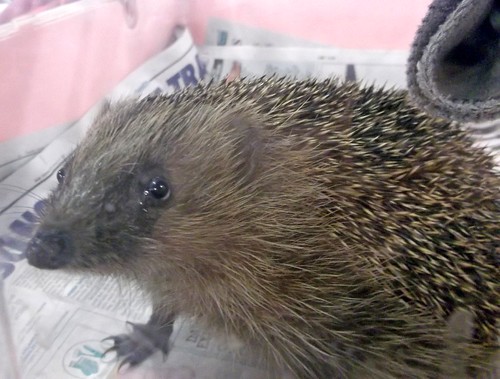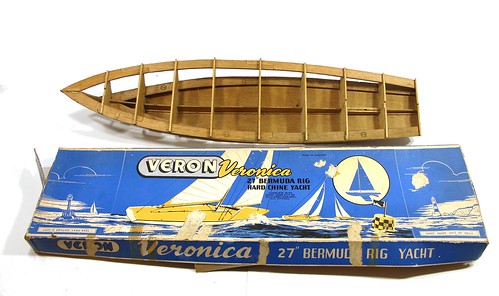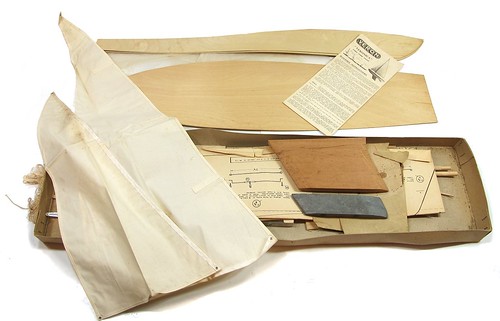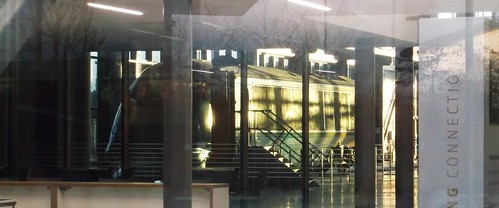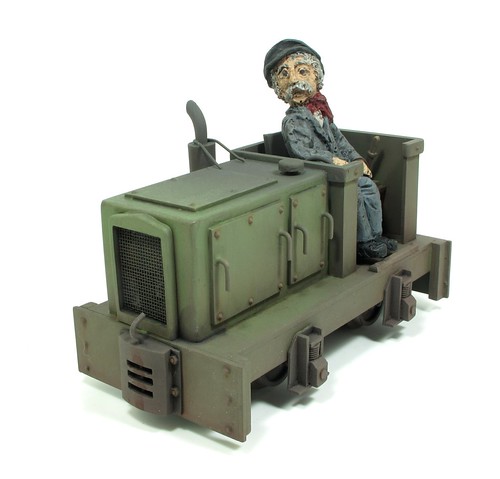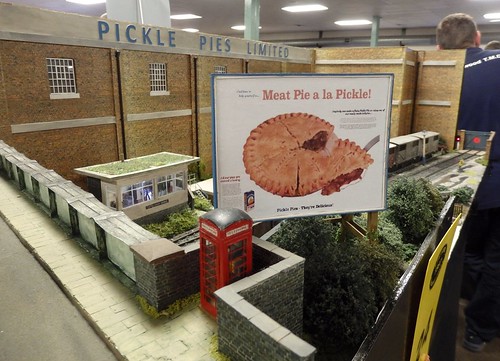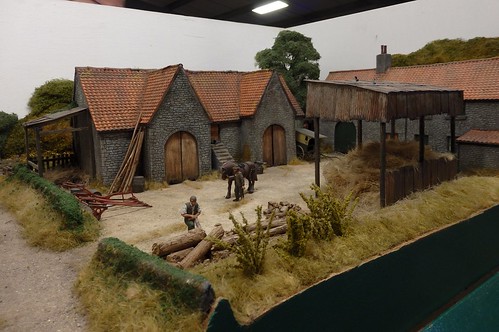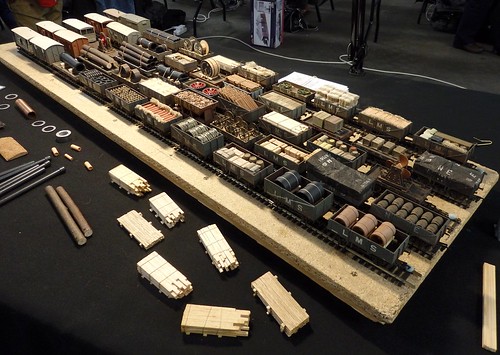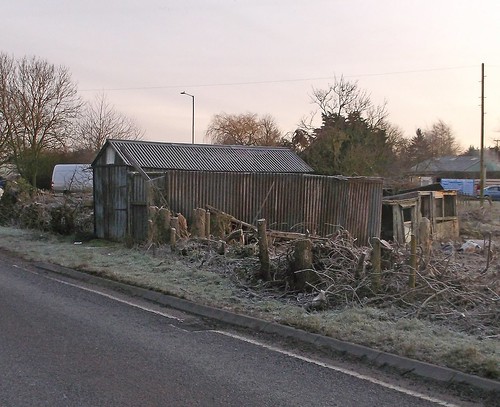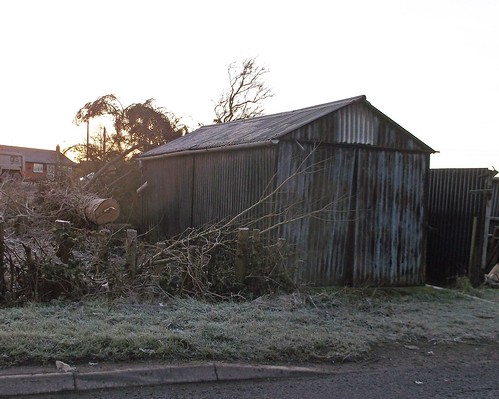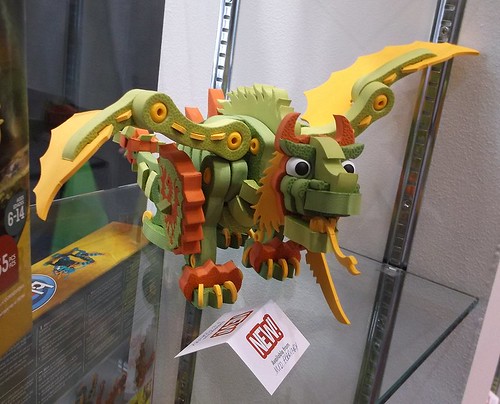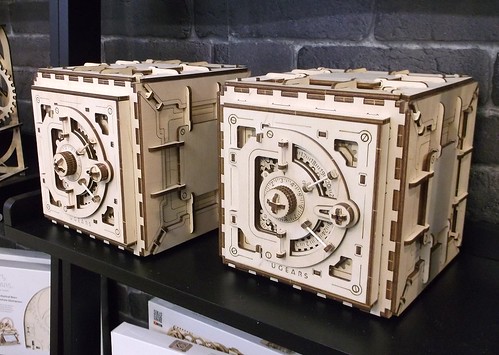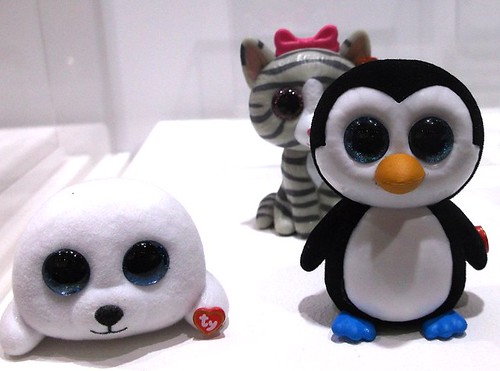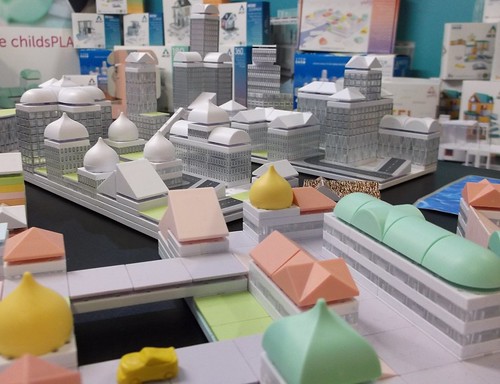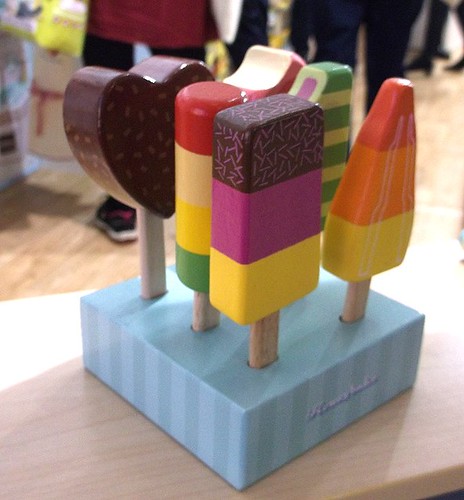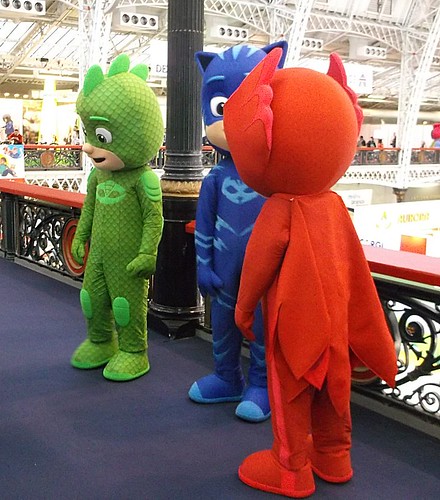Caveat: I have met the producer of "
The Biggest Little Railway in the World"
a couple of times and read two accounts from those who took part, one of which will appear in the March issue of Garden Rail. I do, therefore, have some behind the scenes knowledge.
Basically - I liked it.
The first thing to realise is we are watching a TV programme. One designed for "normal" people. One that has to entertain enough to attract advertisers to pay for it all.
Because of this, the five episodes have to feature human interest stories, we need to care about the participants, and plenty of action. If the who shebang goes without a hitch then it's going to be boring. It didn't. It wasn't.
This requires a certain amount of TV trickery. The producers had surveyed the route (or at least virtually all of it) before filming and they knew where the difficult bits were going to be. In this case, that's where the special build teams found themselves, and the people on that team got a lot more screen time than those just laying mile after mile of plastic track in the middle of nowhere.
The special designs have been stunning. The 60-metre long viaduct and trestle bridge are both amazing structures. One suspects that the team were given reasonably well worked out "suggestions" so that the right tools and materials were to hand. This took place in deepest Scotland so any bright spark suggesting that the solution would involve carbon fibre and nanotubes would be quietly taken to one side, pointed at a van full of wood and some woodworking tools, and told to get on with it.
With 2 weeks for the project (the most many people will be able to take off work) and 71 miles to build, that's how life is, but then you didn't believe all those projects on
Top Gear were carried out the way it appeared on screen did you?
As ever with this type of show, there's a lot of human interest stuff and we got to know a few of the personalities wearing hi-viz. There were emotional back-stories of course, TV loves a little bit of a blubber, but also people showing skill and determination. You could see the teams starting to gel as they fought the elements and landscape. We were encouraged to care about them and I think we generally did. OK, some people come out of the edit better than others, but you could see the hard work involved and the frustrations, and competitive spirit, along the way.
A few justified more depth and we got it. There's not time in 5 shows for everyone to be profiled, but those that were came across as nice, normal(ish - we are talking about people like me who love railways after all) folk you'd be happy to have a pint with.
A few of the enthusiast community have taken against the show. The tone was set by someone posting a rant around 10 minutes in to the first episode which included criticism that those taking part were only looking for their 15 minutes of fame. Since he posted this on several forums, one might suggest he just wanted to shout, "Look at me! Look at me! I don't like something!!!"
Others have suggested it just reinforces all the old railway modeller stereotypes. I disagree.
For a start, the participants were much younger and of more mixed genders than a random selection from any model railway or engineering show. They also represent a wide range of disciplines from railway modellers to real engineers.
If stereotypes are to be found, it's in my view, the behaviour of those on-line. Many couldn't understand the idea of entertainment. Tantrums (some very serious) and abuse were thrown around. One group lost its Facebook moderator due to the grief dished out trying to keep discussions polite. That's not the fault of a TV programme, it's the immaturity and general appalling behaviour of a
tiny number of enthusiasts.
Many can't stand the idea of people who aren't time-served modellers doing something in a hobby they feel very protective of. Railway modelling has provided a "home" to people on the autistic spectrum (which in itself is an excellent thing as we saw in the final show) but that makes some nervous of anyone new getting involved in "their" world and sometimes they can lash out on forums and communicate their thoughts very badly.
That said, some people are just very unpleasant, one forumite seemed to have a chip on his shoulder about girls and project managers generally. They weren't going to like it. They weren't going to like anything. The only reason they watched was to be offended. A 5 part series covering the development of a P4 wheel would be more their cup of tea - but this isn't the Open University.
A few chose to ride their personal hobbyhorses, mostly around the H&S arena. Yes, they all wore hi-viz and yes, there were lifejackets when they were anywhere near a canal, but if you had a lot of money invested in a TV series, you'd do your level best not to ruin it by killing off a participant. Also, that orange stuff comes in waterproof and probably midgeproof - both pretty useful in the highlands.
Interestingly,
RMweb scored well for sensible discussion. There were participants on the forum who could explain why certain decisions had been taken and point out life is a lot harder on the ground than sat in front of a screen hundreds of miles away. This made for interesting discussion which I felt added to the show.
Those who took part seemed to have enjoyed themselves and are rightly proud of what they achieved. Like any project, not everything went well. Sometimes this made good TV - refilling the gas on a loco when the burner is still lit looks impressive but isn't actually going to do any damage. It's an easy beginner mistake too, and many of the drivers had never handled a live steam loco before.
Talking about the loco, what a star. One machine ran (nearly all) the length of the line. It needed maintenance along the way, but nothing too major (more on this in the March GR) and is a testament to Roundhouse Engineering. I hope they sell many off the back of it - I know other large-scale traders have already felt the benefit.
Ultimately, I enjoyed it, and so did several million other people. It was obviously a heck of a journey for the participants, but they did it and made many friends along the way.
Well done all concerned. What's next?
